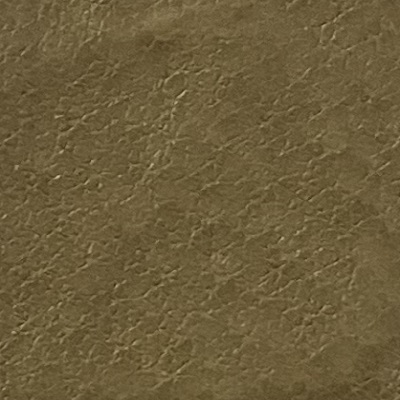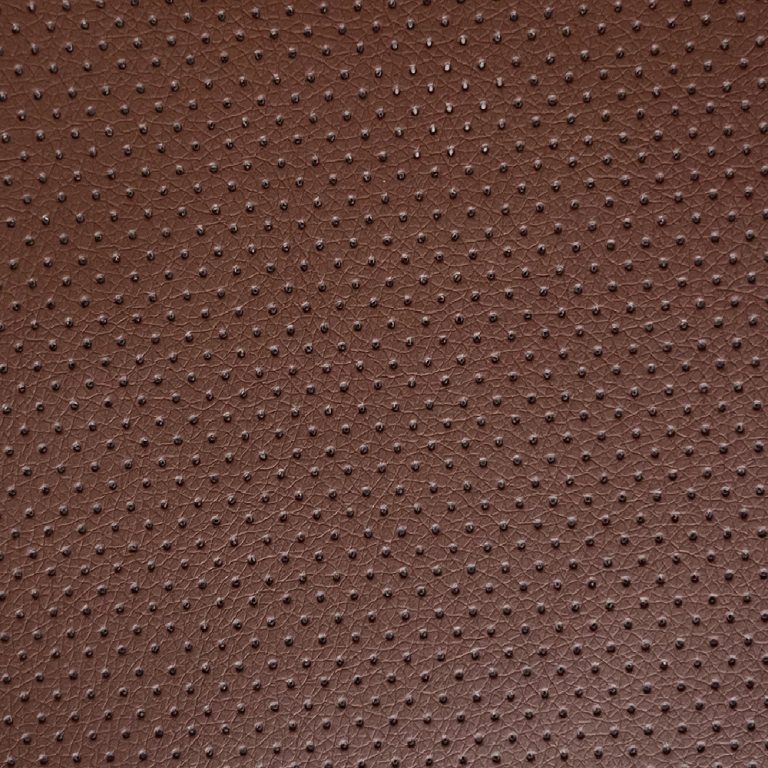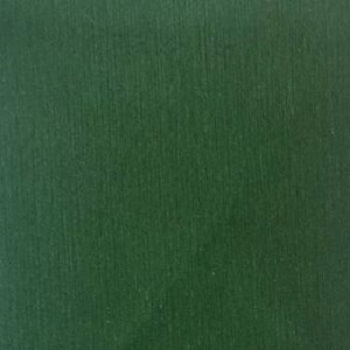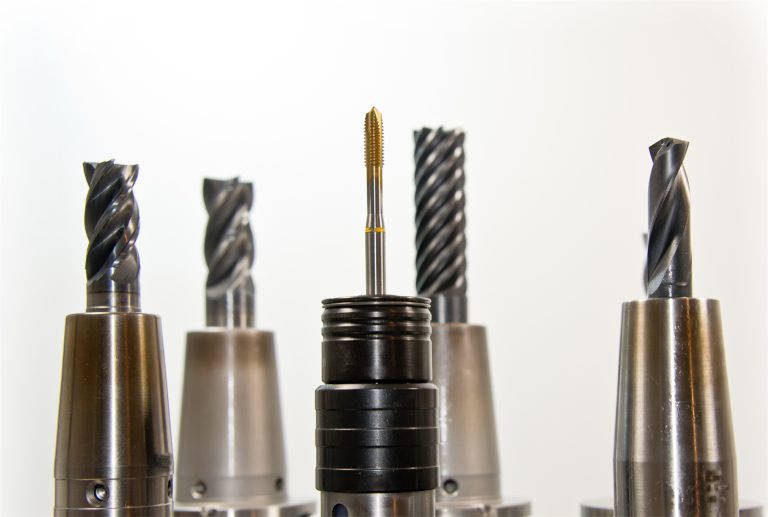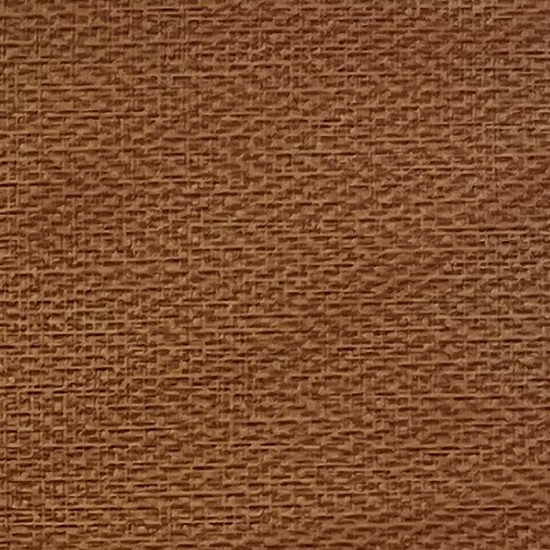Table of Contents
Pros and Cons of Using Protein PU Leather for Car Upholstery
Protein PU leather, also known as faux leather or synthetic leather, is a popular choice for car upholstery due to its durability, affordability, and versatility. However, like any material, there are both pros and cons to using protein PU leather for car upholstery.

One of the main advantages of protein PU leather is its affordability. Compared to genuine leather, protein PU leather is much more budget-friendly, making it a cost-effective option for car owners looking to upgrade their vehicle’s interior without breaking the bank. Additionally, protein PU leather is available in a wide range of colors and textures, allowing car owners to customize their upholstery to suit their personal style.
Another benefit of protein PU leather is its durability. This material is resistant to stains, scratches, and fading, making it ideal for use in cars that are subjected to daily wear and tear. Protein PU leather is also easy to clean and maintain, requiring only a damp cloth and mild soap to keep it looking like new.
In addition to its affordability and durability, protein PU leather is also a more sustainable option compared to genuine leather. Since protein PU leather is made from synthetic materials, it does not require the use of animal hides, making it a more ethical choice for car owners who are concerned about animal welfare.
Despite its many advantages, there are some drawbacks to using protein PU leather for car upholstery. One of the main disadvantages is that protein PU leather is not as breathable as genuine leather, which can lead to discomfort during hot weather. Additionally, protein PU leather may not have the same luxurious feel as genuine leather, which can be a downside for car owners looking for a more high-end look and feel.
Another potential downside of protein PU leather is that it may not age as gracefully as genuine leather. Over time, protein PU leather may start to crack or peel, especially if it is exposed to harsh sunlight or extreme temperatures. While proper care and maintenance can help prolong the life of protein PU leather, it may not last as long as genuine leather in the long run.
In conclusion, protein PU leather is a popular choice for car upholstery due to its affordability, durability, and versatility. However, there are some drawbacks to using this material, such as its lack of breathability and potential for cracking or peeling over time. Ultimately, the decision to use protein PU leather for car upholstery will depend on the individual car owner’s preferences and priorities.
How to Care for and Maintain Protein PU Leather in Your Car
Protein PU leather is a popular material used in car interiors due to its durability and aesthetic appeal. However, like any other material, it requires proper care and maintenance to ensure its longevity and keep it looking its best. In this article, we will discuss some tips on how to care for and maintain protein PU leather in your car.
| Variety | Name |
| S | PU leather fabric for sofa |
One of the most important things to remember when caring for protein PU leather is to clean it regularly. Dust, dirt, and other debris can accumulate on the surface of the leather, causing it to become dull and worn over time. To clean protein PU leather, simply use a soft, damp cloth to wipe away any dirt or grime. Avoid using harsh chemicals or abrasive cleaners, as these can damage the leather and cause it to lose its luster.
In addition to regular cleaning, it is also important to protect protein PU leather from sunlight and heat. Prolonged exposure to UV rays can cause the leather to fade and crack, while high temperatures can cause it to become brittle and prone to tearing. To protect your protein PU leather from these elements, consider using a sunshade or parking your car in a shaded area whenever possible.
Another important aspect of caring for protein PU leather is to avoid spilling liquids on it. While protein PU leather is water-resistant to some extent, prolonged exposure to liquids can cause it to become stained or discolored. If you do accidentally spill something on your protein PU leather, be sure to clean it up immediately with a soft, dry cloth. Avoid using excessive force or rubbing, as this can cause the liquid to spread and further damage the leather.

In addition to cleaning and protecting your protein PU leather, it is also important to condition it regularly. Conditioning helps to keep the leather soft and supple, preventing it from becoming dry and cracked. There are many leather conditioning products available on the market, so be sure to choose one that is specifically designed for protein PU leather. Apply the conditioner according to the manufacturer’s instructions, and be sure to buff the leather with a clean, dry cloth afterwards to remove any excess product.
Finally, it is important to be mindful of how you use your car’s interior to prevent unnecessary wear and tear on the protein PU leather. Avoid placing heavy or sharp objects on the leather, as these can cause scratches or tears. Be mindful of how you sit in the car, as excessive friction from clothing or shoes can cause the leather to become worn or faded over time.
In conclusion, caring for and maintaining protein PU leather in your car is essential to keeping it looking its best for years to come. By following the tips outlined in this article, you can ensure that your protein PU leather remains in top condition and continues to enhance the overall aesthetic of your car’s interior.
The Environmental Impact of Protein PU Leather in Automotive Applications
Protein PU leather, also known as vegan leather, is a synthetic material that is becoming increasingly popular in the automotive industry. This innovative material is made from plant-based proteins, making it a more sustainable and environmentally friendly alternative to traditional leather. In recent years, car manufacturers have been turning to protein PU leather as a way to reduce their environmental impact and meet the growing demand for eco-friendly materials.
One of the key benefits of protein PU leather is its reduced carbon footprint compared to traditional leather. The production of traditional leather involves the use of harmful chemicals and large amounts of water, as well as the release of greenhouse gases. In contrast, protein PU leather is made from renewable plant-based materials, such as soybeans or corn, which require less water and energy to produce. This makes it a more sustainable option for car interiors, helping to reduce the overall environmental impact of the automotive industry.
In addition to its environmental benefits, protein PU leather also offers practical advantages for car manufacturers. This material is highly versatile and can be customized to meet the specific needs of different vehicles. It is durable, easy to clean, and resistant to wear and tear, making it an ideal choice for car interiors. Protein PU leather is also lightweight, which can help to improve fuel efficiency and reduce the overall weight of the vehicle.
Furthermore, protein PU leather is a cruelty-free alternative to traditional leather, which is often sourced from animals raised for their skins. By using plant-based proteins instead of animal hides, car manufacturers can help to reduce the demand for animal products and promote ethical and sustainable practices in the industry. This aligns with the growing consumer trend towards more ethical and environmentally friendly products, making protein PU leather an attractive option for car buyers.
As the automotive industry continues to evolve and adapt to changing consumer preferences and environmental concerns, protein PU leather is likely to play an increasingly important role in car design and manufacturing. Car manufacturers are recognizing the benefits of this innovative material and are incorporating it into their vehicles to meet the demands of a more eco-conscious market. By choosing protein PU leather for car interiors, manufacturers can reduce their environmental impact, improve the overall sustainability of their products, and appeal to a growing number of consumers who are seeking more ethical and environmentally friendly options.
In conclusion, protein PU leather is a sustainable and environmentally friendly alternative to traditional leather that offers numerous benefits for the automotive industry. By using plant-based proteins instead of animal hides, car manufacturers can reduce their carbon footprint, promote ethical practices, and meet the demands of a more eco-conscious market. As the automotive industry continues to embrace sustainable materials and practices, protein PU leather is likely to become a standard feature in car interiors, helping to drive positive change and reduce the overall environmental impact of the industry.

